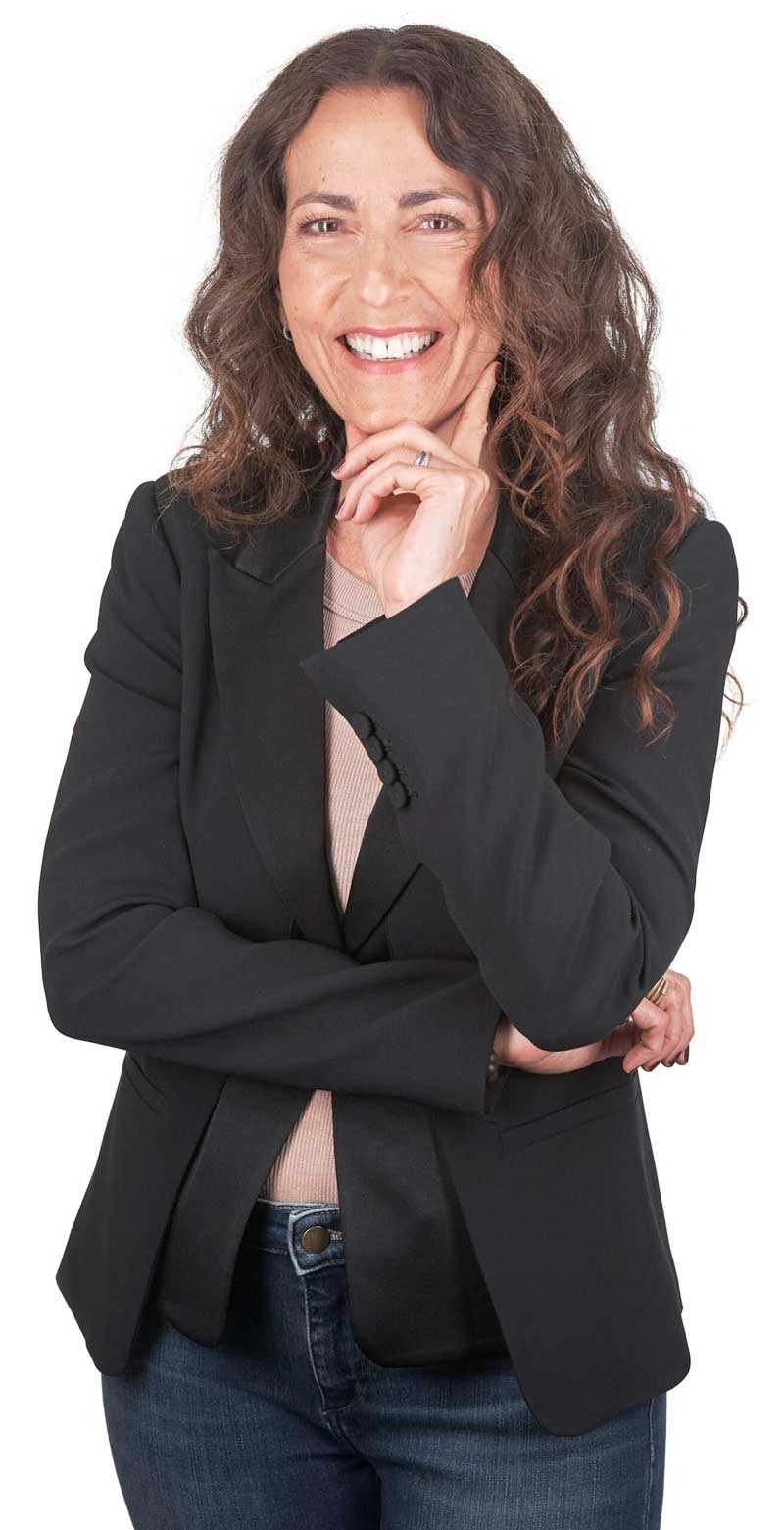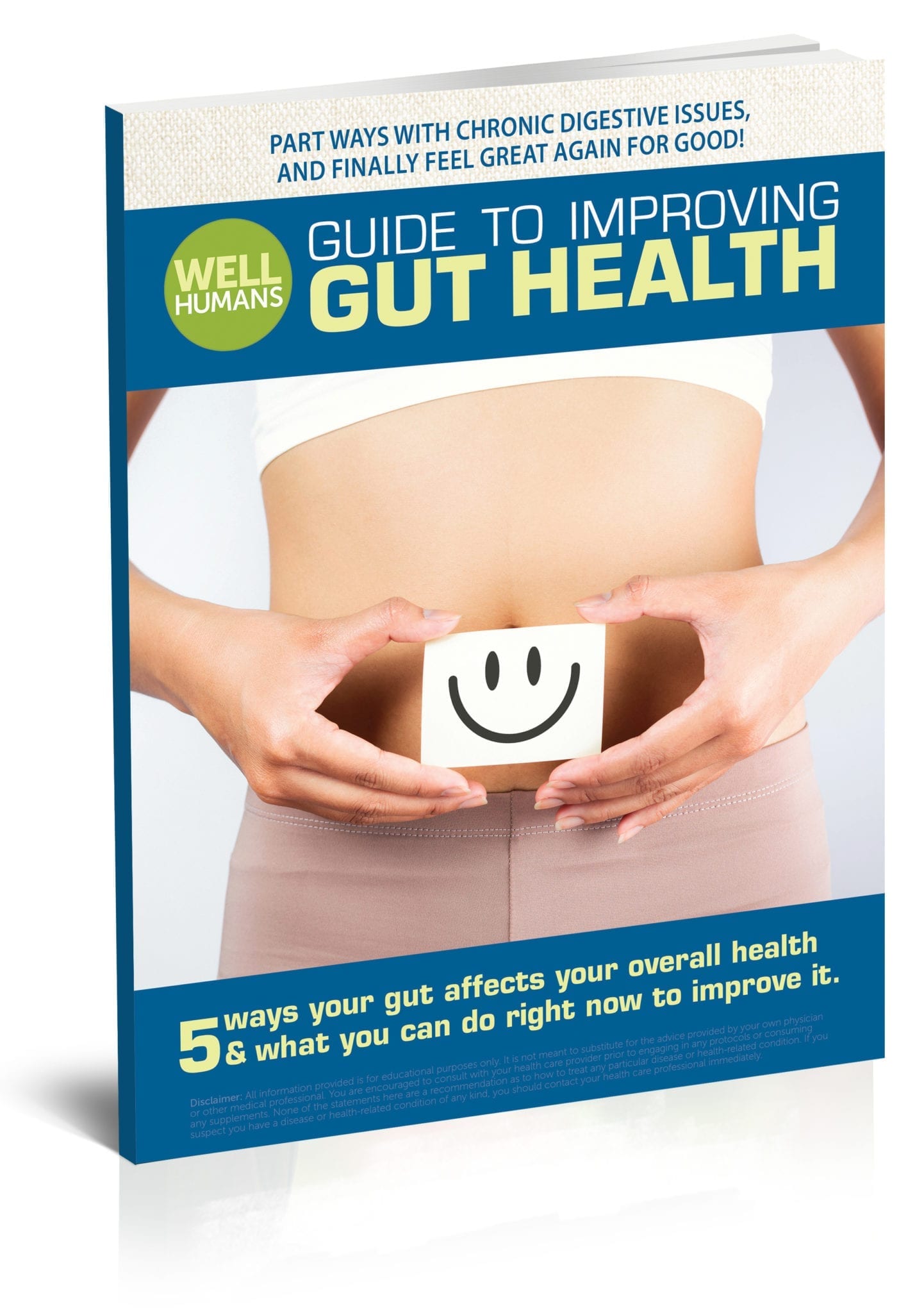Decisional Balance is a simple tool to help you weigh the benefits and costs of changing a habit.
Remember—YOU ALWAYS GET TO CHOOSE!

You can use this exercise with just about any behavior you’re considering changing. It could be exercising, eating habits, drinking, getting out and socializing more, taking computer breaks, complaining, negative thinking, getting better sleep, or taking a technology break…the list goes on and on.
Here is how is works.
FILL IN THE BLANK: The behavior I’m thinking of changing is_______________________.
- First write down the BENEFITS of STAYING THE SAME.
- Next write down the COSTS of STAYING THE SAME.
- Followed by the COSTS of CHANGING.
- Finally the BENEFITS of CHANGING.
Compare you’re answers and see if the costs are worth staying the same.
Here’s an example:
The behavior I’m thinking of changing is drinking wine every night after work.
BENEFITS of STAYING THE SAME:
- It’s relaxing
- I enjoy it
- It takes the pressure off from my day
- It feels like a ritual
- I enjoy wine with my dinner
- I enjoy meeting friends for a drink after work
COSTS of STAYING THE SAME
- I fall asleep easily but wake up often in the night
- I can tell the sugar effects my body
- I feel foggy the next day
- I sometimes have low mood and energy after I drink wine
- I tend to eat more unhealthy foods when I drink and I gain weight
COSTS of CHANGING
- I’m afraid to give something up I love
- What will I do to relax after work?
- I’m so used to this ritual, I’m not sure what I would do without it
- How will I socialize with friends after work without a glass of wine?
BENEFITS of CHANGING
- I feel like I’d have more energy
- More clarity
- Better sleep
- More time for other things I like to do
- Maybe find some new hobbies
- I could get creative about ways to spend my time with friends without always having a glass of wine
- I might drop a few extra pounds
- My mood may be elevated
The overall idea of decisional balance is to help decide what makes the most sense for you in the moment when you get to choose which direction you want to go in. Practicing this method is helpful to break the pattern of sticking with things that no longer serve you. You might find you are able to break the pattern slowly at first. As you keep coming back to your pros and cons you may find over time the shift is even greater as your old ways becomes habits of the past.
TIP:
If you decide to go back to the old habit, you also get to choose that too—except now with the intention of practicing decisional balance again the next day. When you do falter, have self-compassion and forgiveness and at least ENJOY the old habit if you’re going to do it, rather than beat yourself for it. Creating more stress and self sabotage is counter intuitive to the process. And remember you get to choose again tomorrow!
Good Luck!





